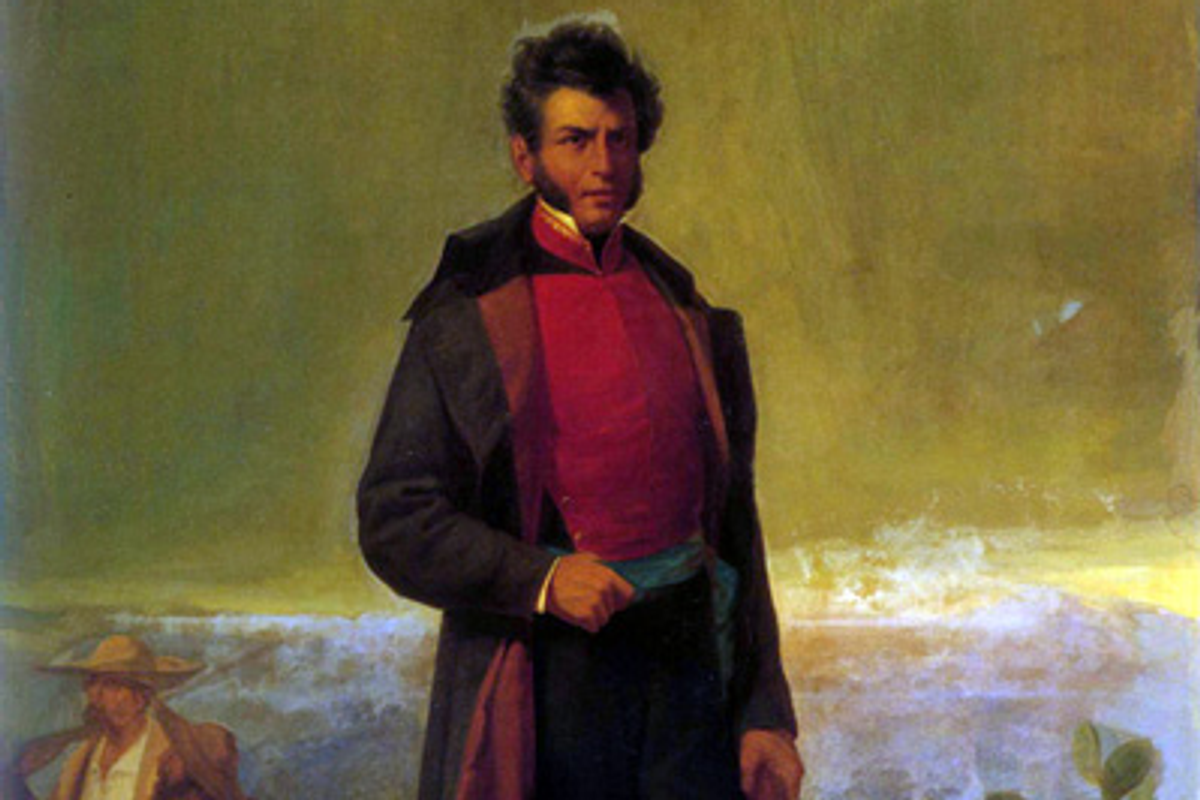The truth about the often forgotten history of the Underground Railroad to Mexico
Mexico was one of the first countries to abolish slavery.

The true forgotten history of the Underground Railroad to Mexico
Most of us learn about the Underground Railroad at some point in elementary school. There's not much detail that goes into the brief section on the secret pathway to freedom escaped enslaved people embarked on but we do learn it was dangerous. Enslaved people would plot their escape and find designated stops at the homes and churches of abolitionists where they could eat, drink water and get some rest.
The route also included other safe spaces along the way like certain marked trees, body's of water or other landmarks but we mainly hear about the path to norther states. That wasn't the only direction enslaved people were fleeing, many enslaved people fled further south. Mexico first abolished slavery in 1829, a process that started as soon as they gained their independence from Spain after their 11 year battle ended in 1821. But colonists in Texas utilized slave labor and refused to stop though they were a Mexican territory.
This initially resulted in the Mexican president Vicente Guerrero providing Texas with an exemption but citizens of Mexico were not on board with this. They wanted slavery abolished in all Mexican states and eventually the Mexican Congress outlawed it in all states in 1837 after Texas fought for independence in an effort to keep their slaves.

When Mexico first abolished slavery, people in Texas that used slave labor started making their enslaved workers sign contracts saying they were "servants" who agreed to work for them until they died. They even had children as young as three years old "sign" contracts seemingly finding a loophole to the new law. Given that enslaved people were not allowed to lean how to read, it's highly unlikely they knew what they were signing. It didn't take long for those sorts of documents to not be accepted by the Mexican government.
But after Texas seceded from Mexico, enslaved people realized that if they could make the short trip to the Rio Grande, they'd be a quick boat ride away from freedom so many of them took the opportunity to flee. Mexico adjusted its laws to accommodate the influx of fugitive slaves by declaring any enslaved person who step foot on Mexican soil were considered Mexican citizens. This granted countless enslaved Black people freedom in Mexico.
Mexico was not unfamiliar with Black Mexican citizens as there was already a population of enslaved people brought to the country with Spain invaded. In fact, it was Afro-Mexicans that helped lead the Mexican rebellion against their Spanish colonizer leading to the independence of the country. Given the history between the two groups of people, it's unsurprising that the then newly formed Mexican government would work to abolish slavery and secure a plan for freedom for escaped slaves.
Most of the enslaved people that fled to Mexico were from plantations in Texas but there were also some that escaped from Louisiana to seek refuge in the southern country. There are still towns in Mexico that have large populations of Afro-Mexicans, including one started by escaped slaves from plantations run by Spanish captors before Mexico gained its independence.

The documentary "Just a Ferry Ride to Freedom" documents this history of allyship between enslaved people and Mexicans in great detail. People can watch the documentary for free on YouTube to learn more about the Underground Railroad south.

